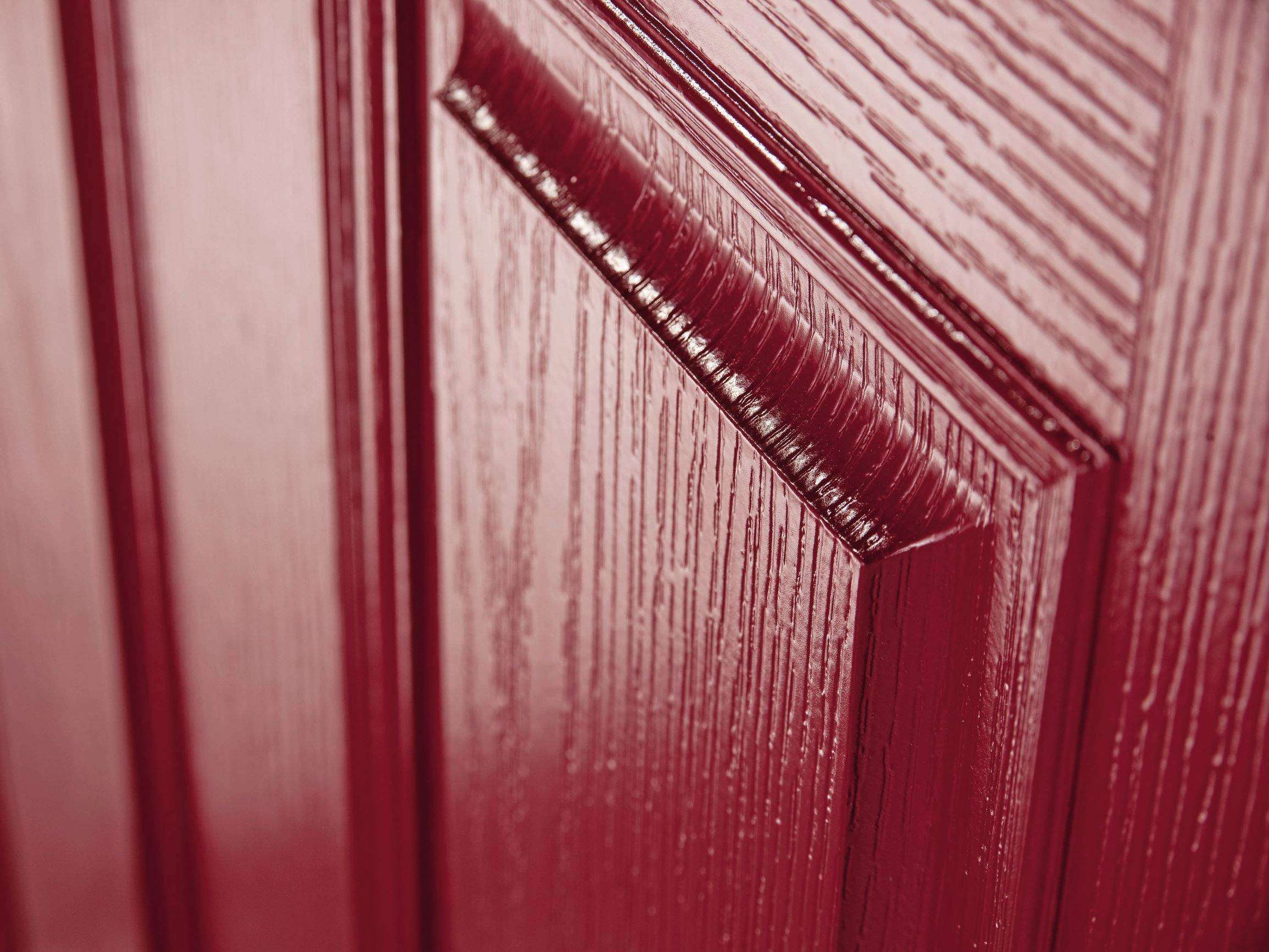Blog
How to clean a composite door

When purchasing your dream door, you want to make sure you know how to give it the best care and maintenance it needs to ensure it lasts forever. Composite doors are an excellent choice due to the durability, strength and style they bring to a home. Unlike wooden doors that required a lot of care and attention, composite doors are very low maintenance and require minimal upkeep, which is another reason why they are such a popular door choice.
At Apeer, our composite doors are finished with a tough and hard-wearing paint that requires minimal maintenance. However, we understand that with every day wear and tear and changes in weather, your door can sometimes look dull and dirty. Thankfully, there are a number of things you can do in order to keep it in the best condition possible.
We’d like to take this opportunity to provide you with information on how to clean your composite door and keep it looking as new as the day you got it.
Don’t know what a composite door is? Check out our composite door guide.
General Composite Door Maintenance
As we mentioned, at Apeer our composite products are designed to be low maintenance and keeping your door in top condition is simple. You do not need any specialist expertise or tools to clean your Apeer composite door.
Painted Surfaces, PVC & Foiled Frames
The paint used on Apeer doors is extremely hard-wearing, however a build-up of dirt and toxins from pollution can degrade the paint finish and reduce its life expectancy. Later in this article, we highlight exactly how you can keep your composite door looking as new as the day you got it.
Keys
Did you know that constant abrasion and impact from dangling keys can damage the paint surface? We recommend you keep your door key separate and attached only to a soft fob to prevent paint damage.
Handles, Letterboxes, Knockers, Hinges & Other Door Furniture
When cleaning your door furniture, wipe it with a soft cloth soaked in warm water with a mild detergent. Any mechanical parts should be lightly oiled bi-annually.
Cleaning Precautions
Before you get started cleaning your door, remember to always follow the manufacturer’s instructions and take care to not use excessive quantities. When using any cleaning products, it’s always recommended to use a very mild detergent (warm soapy water) and that you test a small area beforehand.
Avoid using solvent-based or abrasive cleaning products which contain bleaching agents as these can deteriorate the quality of the painted or anodised surfaces and invalidate your door’s warranty.
Cleaning Your Composite Door Regularly
To keep your composite door looking fresh, we recommend cleaning regularly with hot soapy water and using a soft microfibre cloth. This can be done once a month or as often as you like. It’s best to avoid using a rough sided sponge or abrasive brillo pad as it could potentially scratch your finish. To remove loose dirt and grit, you can use a soft camel hair brush.
Firstly ensure your surface is clear from any grit or stones that might scrape against your door whilst cleaning.
Using the sponge and warm soapy water, gently wash your door down making sure to get right around the edges. If you find your door is very dirty, refill your basin of warm soapy water to finish off, making sure no marks or streaks are left. If you have glass on your door, use a hot cloth to wipe down any excess dirt which is good for removing any streaks on the glass. To finish, dry your glass with a dry cloth thoroughly.
We recommend leaving your door open to let the air dry it through to prevent leaving any marks.
Lubrication
We recommend lubricating the locking system bi-annually by applying grease to the hooks, deadbolt, face of the latch and the sides of the rollers. The roller slots should be oiled with a general lubricant. You can lubricate the cylinder by spraying a silicone or graphite-based lubricant into the cylinder twice a year. Never use grease or oil in the cylinder.
Tea Staining
What is tea staining?
Tea staining is caused by the oxidisation of surface contaminants on stainless steel. It is often mistakenly classified as stainless steel corrosion but in fact results from lack of removal of surface contaminants, resulting in oxidization and cause staining. Although it does not affect the structural integrity or the longevity of the material, it can look aesthetically unpleasing.
What causes tea staining?
The main causes of tea staining can be salt, sand, dust, debris, pollution deposited on the surface coupled with a lack of basic cleaning and maintenance. Wind and weather conditions also play a part and the severity of the conditions increases the nearer to coastal areas the product is. Regular cleaning of stainless steel will reduce likely hood of tea staining.
Composite Door Maintenance
Cleaning your door can be quick and easy, requiring no expensive materials or sprays. It is completely up to you when you feel your door needs a gentle clean and some may need regular cleans due to the area your home is in.
If you have any questions regarding your composite door or you are interested in checking out our range of composite doors, then get in touch with us now.